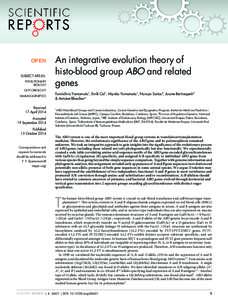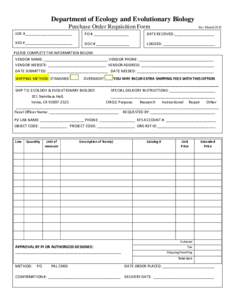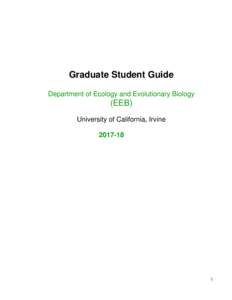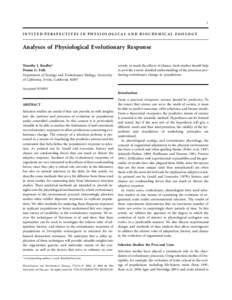 Date: 2014-05-02 12:27:30Biology Evolutionary biology Systems theory Systems science Selection Metasystem transition Fitness landscape Francis Heylighen Natural selection Science Cybernetics Superorganisms | |  in: World Futures: the Journal of General Evolution 45, p[removed]) (Special Issue on "The Quantum of Evolution: toward a theory of metasystem transitions", F. Heylighen, C. Joslyn, V. Turchin (eds.), [removed]Selec in: World Futures: the Journal of General Evolution 45, p[removed]) (Special Issue on "The Quantum of Evolution: toward a theory of metasystem transitions", F. Heylighen, C. Joslyn, V. Turchin (eds.), [removed]Selec
Add to Reading ListSource URL: cleamc11.vub.ac.beDownload Document from Source Website File Size: 104,19 KBShare Document on Facebook
|






 in: World Futures: the Journal of General Evolution 45, p[removed]) (Special Issue on "The Quantum of Evolution: toward a theory of metasystem transitions", F. Heylighen, C. Joslyn, V. Turchin (eds.), [removed]Selec
in: World Futures: the Journal of General Evolution 45, p[removed]) (Special Issue on "The Quantum of Evolution: toward a theory of metasystem transitions", F. Heylighen, C. Joslyn, V. Turchin (eds.), [removed]Selec